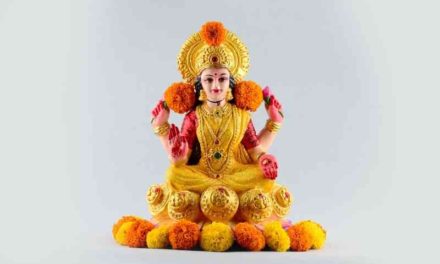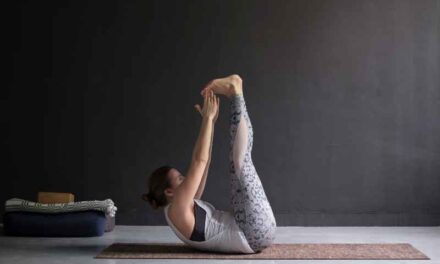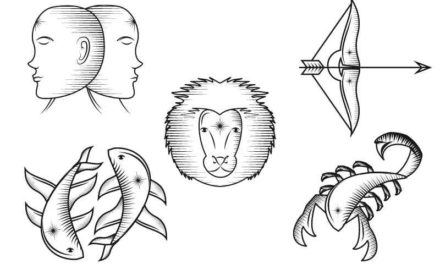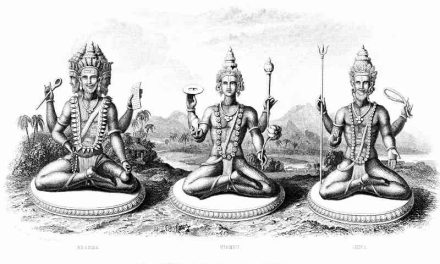Shashankasana: How to Practice the Hare Pose
Shashankasana, also known as the hare pose or the moon pose, is a gentle kneeling yoga posture that helps stretch and relax the back, spine, shoulders, and neck. It is a forward-bending variation of Vajrasana, or thunderbolt pose, which is the base position for this pose. The name Shashankasana comes from the Sanskrit words “shash” meaning hare and “asana” meaning pose. It also means moon, as the ancient Indians observed the dark patches on the full moon resembling the shape of a hare with the moon in its lap (“Shashankasana – Pose of The Moon”). In this blog post, we will explore how to practice Shashankasana, its variations, benefits, and precautions.
How to Practice Shashankasana
To practice Shashankasana, follow these steps:
- Sit in Vajrasana, placing the palms on the thighs just above the knees. Close your eyes and relax, keeping the spine and head straight.
- While inhaling, raise the arms above the head, keeping them straight and shoulder-width apart.
- Exhale while bending the trunk forward from the hips, keeping the arms and head straight and in line with the trunk.
- At the end of the movement, the hands and forehead should rest on the floor in front of the knees. If possible, the arms and forehead should touch the floor at the same time.
- Bend the arms slightly so that they are fully relaxed and let the elbows rest on the floor.
- Retain the breath for up to 5 seconds in the final position.
- Then simultaneously inhale and slowly raise the arms and trunk to the vertical position. Keep the arms and head in line with the trunk.
- Breathe out while lowering the hands to the knees.
This is one round. Practice 3 to 5 rounds.
Variations of Shashankasana
You can practice different variations of Shashankasana to increase or decrease the intensity of the stretch or to target different areas of your body. Here are some common variations:
Variation 1: Interlock your hands behind your back
This variation adds a shoulder stretch to Shashankasana. To practice this variation, follow these steps:
- Sit in Vajrasana, interlocking your hands behind your back. Relax your shoulders and chest.
- Inhale and then exhale while bending forward from your hips, bringing your forehead to the floor.
- Lift your arms up as high as you can without straining your shoulders or neck.
- Hold this position for a few breaths or as long as comfortable.
- Inhale and slowly come back up to Vajrasana, lowering your arms behind your back.
Variation 2: Make a fist with your palms
This variation adds an abdominal compression to Shashankasana. To practice this variation, follow these steps:
- Sit in Vajrasana, closing your palms and making a fist with them. Place your fist between your legs and your abdomen.
- Inhale and then exhale while bending forward from your hips, bringing your forehead to the floor.
- Press your fist against your abdomen to create gentle pressure on your internal organs.
- Hold this position for a few breaths or as long as comfortable.
- Inhale and slowly come back up to Vajrasana, releasing your fist.
Variation 3: Stretch your arms forward
This variation adds a spine extension to Shashankasana. To practice this variation, follow these steps:
- Sit in Vajrasana, stretching your arms forward as far as possible on the floor. Keep your palms flat and your fingers spread.
- Inhale and then exhale while bending forward from your hips, bringing your forehead to the floor.
- Keep your arms straight and active, reaching away from your body.
- Hold this position for a few breaths or as long as comfortable.
- Inhale and slowly come back up to Vajrasana, sliding your arms back.
Variation 4: Use a pillow under your forehead
This variation is suitable for people who are unable to touch the floor with their forehead comfortably or who have neck issues. To practice this variation, follow these steps:
- Sit in Vajrasana, placing a pillow on the floor in front of you at a comfortable distance.
- Inhale and then exhale while bending forward from your hips, bringing your forehead to rest on the pillow.
- Adjust the position of the pillow as needed to support your head and neck without straining them.
- Hold this position for a few breaths or as long as comfortable.
- Inhale and slowly come back up to Vajrasana, lifting your head off the pillow.
Benefits of Shashankasana
Shashankasana has many benefits for your physical, mental, and emotional well-being. Some of the benefits are:
- It stretches and relaxes the back, spine, shoulders, and neck, relieving tension and stiffness in these areas.
- It stimulates and massages the abdominal organs, such as the ovaries, prostate gland, bladder, and kidneys, improving their function and health.
- It enhances blood circulation and oxygen supply to the brain, heart, and lungs, boosting your energy and mood.
- It calms the mind and nervous system, reducing stress, anxiety, and depression. It also activates the parasympathetic nervous system, which is responsible for relaxation and healing (“Shashankasana”).
- It helps with menstrual cramps, menopause symptoms, prostate health, fertility issues, and childbirth preparation by balancing the hormones and opening the pelvic region (“Shashankasana (Hare Pose)”).
- It prevents or heals injuries in the inner thighs, groin, and knees by stretching these muscles and joints.
- It improves posture and alignment by strengthening the back muscles and lengthening the spine.
- It opens the rear of the Anahata chakra, which is associated with love, compassion, and forgiveness.
Precautions and Contraindications
Shashankasana is a safe and simple pose that can be practiced by anyone regardless of age or fitness level. However, there are some precautions and contraindications that you should be aware of before practicing this pose. These are:
- Avoid Shashankasana if you have an abdominal injury, recent shoulder or back surgery, knee problems, or slipped disc. You can modify the pose with props or consult your doctor before practicing it.
- Women in pregnancy and menstrual cycle should also refrain from this pose or practice it with caution. You can use a pillow under your abdomen or forehead to make it more comfortable.
- Do not force your forehead to touch the floor if it is not possible or comfortable. You can use a pillow under your forehead or keep your head slightly lifted.
- Do not hold your breath in the final position. Breathe normally or deeply or in ujjayi to enhance the relaxation effect.
Conclusion
Shashankasana is a relaxing posture that can help you stretch and relax your back, spine, shoulders, and neck. It can also stimulate your abdominal organs, improve your blood circulation and mood, calm your mind and nervous system, balance your hormones, and open your pelvic region. You can practice different variations of Shashankasana to suit your needs and preferences. However, you should also be aware of the precautions and contraindications of this pose and practice it safely and effectively.
Works Cited
“Shashankasana – Pose of The Moon.” World Yoga Forum, https://worldyogaforum.com/yoga-poses/shashankasana/ Accessed 9 June 2023.
“Shashankasana (Hare Pose): Steps, Benefits, & Precautions.” Fitsri, https://www.fitsri.com/poses/shashankasana/ Accessed 9 June 2023.
“Shashankasana.” Yoga International, https://yogainternational.com/article/view/bound-angle-pose/ Accessed 9 June 2023.





